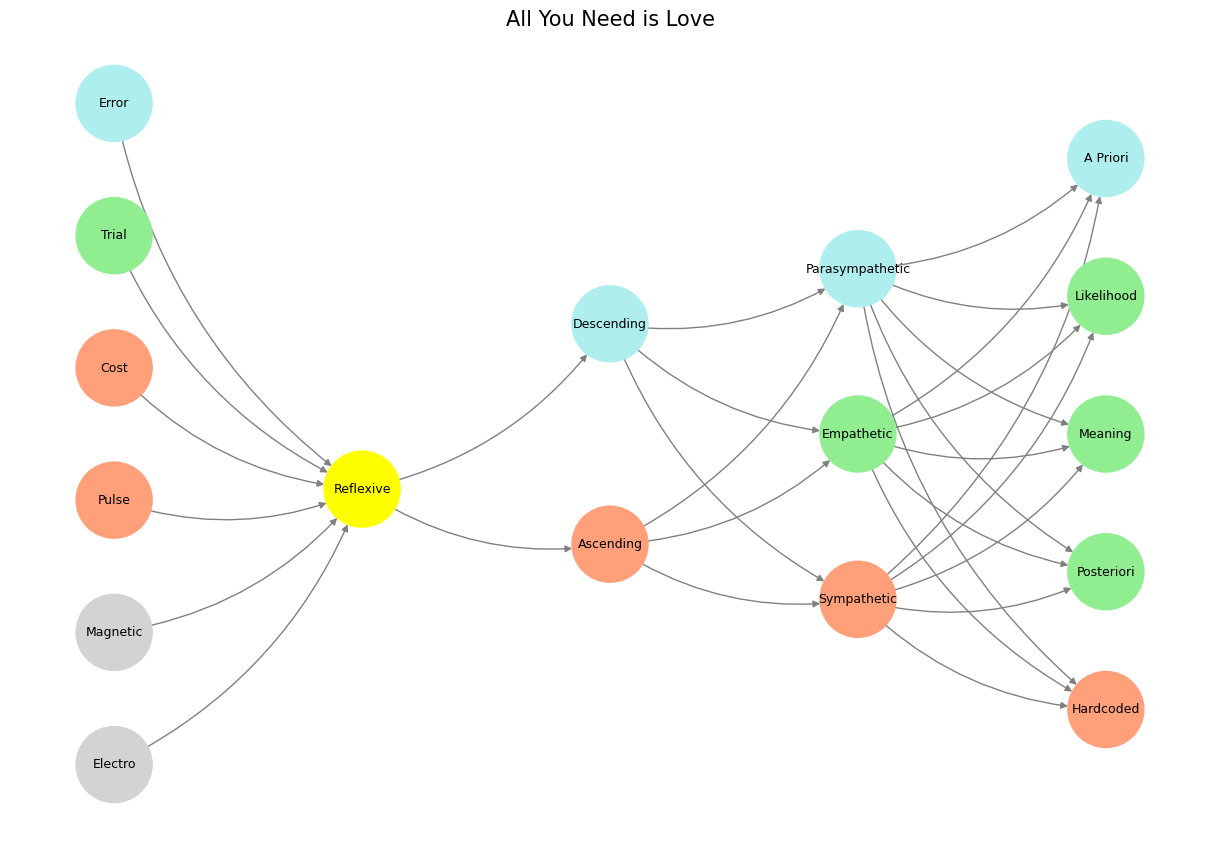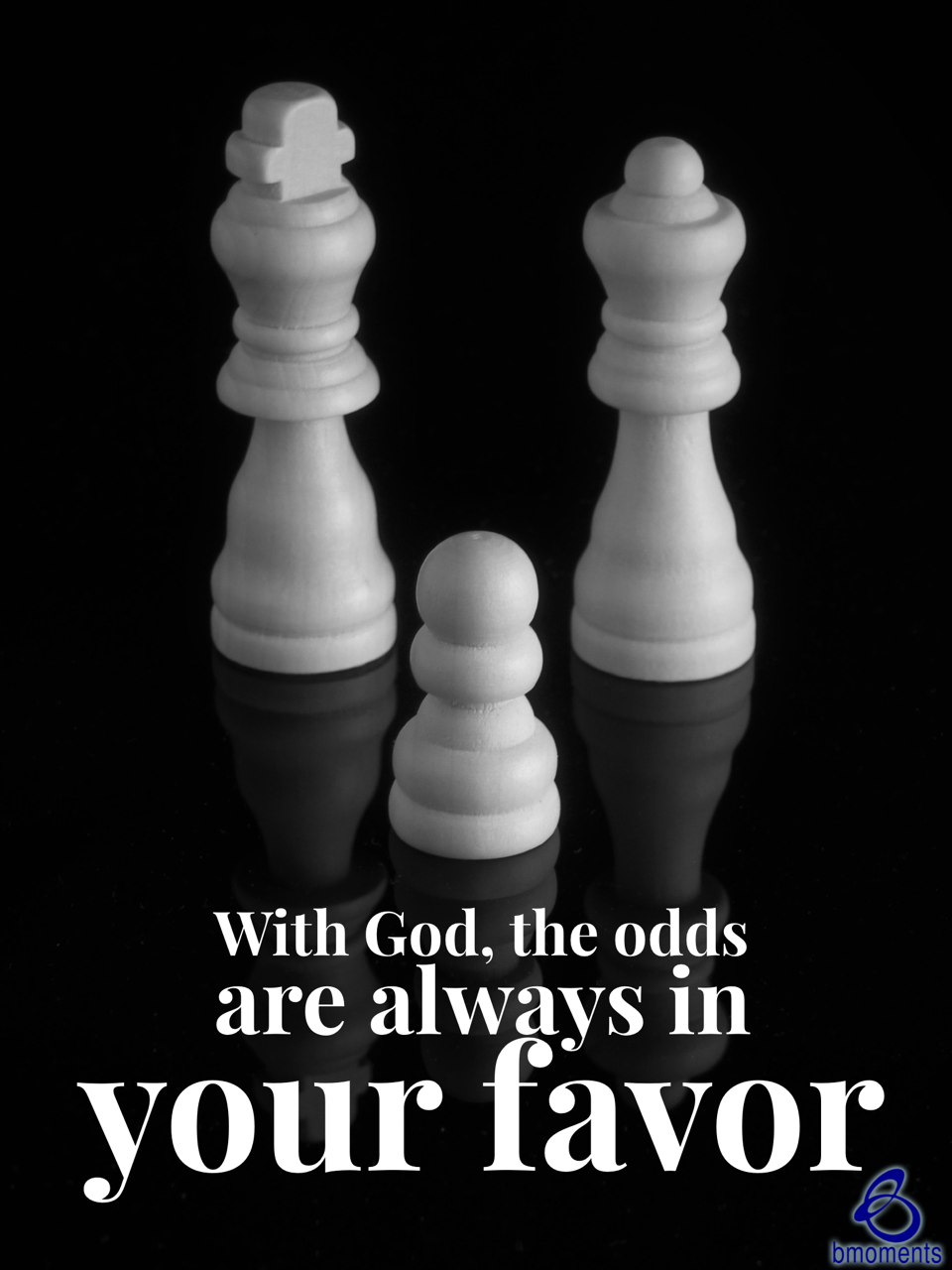Dancing in Chains#
Shakespeare and the Five Layers of Probability: A Neural Network of Fate and Play#
Shakespeare does not merely tell stories; he runs simulations on probability. His plays operate as grand experiments on the odds—on fate, on chance, on risk-taking and the human delusion of control. Some of his characters treat life as a dice roll, some as a poker game, some as a war, and some as a matter of the heart—each operating within their own probability layer, convinced that their approach is the one that governs the universe.
Your five-layer neural network—(1) Coin Toss/Dice Roll/Roulette, (2) Poker, (3) Horse Racing/Formula One, (4) War/Chess, (5) Romance—is a precise way of mapping Shakespeare’s probabilistic imagination. Each layer escalates in complexity, from pure randomness to the high-stakes interplay of love and destiny. Shakespeare cycles through these layers constantly, shifting the odds, revealing the limits of strategy, and showing how the house always wins in the end.
Fig. 27 Tokenization: 4 Israeli Soldiers vs. 100 Palestenian Prisoners. A ceasefire from the adversarial and transactional relations as cooperation is negotiated.#
Layer 1: The Coin Toss, Dice Roll, and Roulette Wheel (Pure Chance in Shakespeare’s World)#
At the lowest level of the network, Shakespeare gives us characters who believe in sheer randomness—those who ride the waves of fortune without strategy, betting their lives on the roulette wheel of fate.
Take the Fool in King Lear, who sings about Fortune’s wheel, knowing that luck spins indiscriminately:
“Fortune, that arrant whore, / Ne’er turns the key to the poor.”
Or consider the messengers in Shakespeare’s histories, whose random timing changes the course of entire nations. The letter that never reaches Romeo, the storm that scatters the conspirators in Julius Caesar, the unlucky coin flip that sends Rosencrantz and Guildenstern to their deaths. These moments remind us that sometimes, there is no grand scheme—just a bad roll of the dice.
And then there’s Hamlet, the ultimate experiment in probability. He hesitates, calculating his odds, but in the end, when asked if he wants to duel Laertes, he simply shrugs:
“If it be now, ‘tis not to come; if it be not to come, it will be now; if it be not now, yet it will come.”
This is the final acceptance of Layer 1. The coin will land how it lands. No further strategizing will change the outcome.
Layer 2: Poker (Bluffing, Deception, and Strategic Uncertainty)#
The next layer brings in the game of information asymmetry—poker. Here, players have incomplete knowledge and must bluff, mislead, and manipulate to control the odds in their favor.
Enter Iago in Othello, the ultimate poker player. He never outright forces the king of hearts (Othello) to fall, but he knows how to control perception, seeding doubt, feeding false tells, making Othello think he is making rational decisions. Iago plays his hand without ever showing his cards, proving that in Layer 2, power belongs to the one who can manipulate probability through psychology.
Shakespeare’s comedies, too, are filled with poker-like bluffing. Twelfth Night thrives on disguises—Viola betting that she can outplay reality, her deception working until the moment it doesn’t. In The Merchant of Venice, Shylock stakes his bet on a contract, believing the odds are in his favor—only to be outbluffed in the courtroom.
Layer 2 is where Shakespeare teaches us that probability isn’t just about numbers; it’s about who controls the narrative of probability.
Layer 3: Horse Racing and Formula One (Velocity, Momentum, and Cumulative Risk-Taking)#
Now probability becomes kinetic—a game of speed and momentum, where once you place your bet or step on the gas, you are committed. Shakespeare’s histories belong to this layer. Henry V doesn’t play poker; he races forward, trusting his ability to outmaneuver the opposition.
“Once more unto the breach, dear friends, once more!”
This is racing probability—where the odds are constantly shifting mid-course. Consider Macbeth, who starts off making careful calculations (Layer 2), but once he murders Duncan, he enters Layer 3. From that moment on, he is accelerating, forced to commit to the trajectory:
“I am in blood / Stepp’d in so far that, should I wade no more, / Returning were as tedious as go o’er.”
Horse racing and Formula One work on compounded odds—once a choice is made, the next one is conditioned on the prior. Richard III knows this well. He starts as a schemer but quickly realizes that his only chance is to keep running forward, cutting down anything in his path:
“I am in / So far in blood that sin will pluck on sin.”
These characters live in the world of runaway odds, where there is no stopping, no hedging—only acceleration toward either victory or catastrophe.
Layer 4: War and Chess (High-Stakes Calculated Strategy)#
War and chess introduce structured probability—where the game isn’t just random or fast, but governed by long-term strategy. This is Shakespeare’s domain of kings, generals, and political masterminds.
Take Julius Caesar: every move is a calculation, a chess piece shifted forward. Cassius and Brutus weigh whether they should strike first or wait. Should they allow Antony to speak? Should they meet their enemies at Philippi? The game is one of sacrifice and positioning.
Then there’s Henry IV, Part 1, where Hotspur and Prince Hal embody different chess strategies. Hotspur plays like a reckless, aggressive gambit—attacking immediately, disregarding caution. Hal, by contrast, plays a long con, pretending to be a careless rogue so that his eventual rise seems even greater:
“I will redeem time when men think least I will.”
Chess is about probability conditioned by memory—how past moves shape future constraints. The ghosts in Macbeth and Richard III serve as Shakespeare’s reminder that in war, every move has consequences, and no piece can be unplayed.
Layer 5: Romance (The Ultimate Gamble, Where Probability Meets Destiny)#
At the highest level of probability, we find romance, where all previous strategies break down. Love, for Shakespeare, is the ultimate game of uncertainty—where logic, planning, and strategy collapse under the weight of fate.
Romeo doesn’t play poker or war. He throws himself at destiny, betting everything on feeling rather than probability:
“Then I defy you, stars!”
Shakespearean lovers are willing to make infinite bets on zero information. Orsino, in Twelfth Night, loves Olivia without any reciprocation; Viola, in disguise, loves Orsino without hope; Helena in A Midsummer Night’s Dream chases Demetrius against all odds. Romance is not about probability in the sense of odds-making—it is about whether probability can be overcome entirely.
And yet, Shakespeare reminds us that the house always wins. The star-crossed lovers will meet their fate. The romantic comedy will realign itself to a preordained happy ending. Love, in Shakespeare’s world, isn’t random—it just looks like it is. Beneath the chaos, there is a hidden logic, a script that must play out.
Conclusion: Shakespeare’s Grand Simulation of Probability#
Shakespeare’s plays are a neural network of probability, running thousands of simulations on fate, chance, and decision-making. He moves characters through the five layers, letting them test their odds at different levels of strategic play. Some, like Hamlet, hesitate between layers, unsure if they should treat life as a chess game or a coin toss. Others, like Iago, master Layer 2 but fail to account for the risks of Layer 5. Some characters, like Falstaff, try to reject the game entirely—only to find that the world will not let them.
In the end, Shakespeare teaches us that probability is not just numbers. It is human nature, risk, perception, and the terrifying realization that sometimes, the dice roll was made before you ever entered the game.
Show code cell source
import numpy as np
import matplotlib.pyplot as plt
import networkx as nx
# Define the neural network fractal
def define_layers():
return {
'World': ['Electro', 'Magnetic', 'Pulse', 'Cost', 'Trial', 'Error', ], # Veni; 95/5
'Mode': ['Reflexive'], # Vidi; 80/20
'Agent': ['Ascending', 'Descending'], # Vici; Veni; 51/49
'Space': ['Sympathetic', 'Empathetic', 'Parasympathetic'], # Vidi; 20/80
'Time': ['Hardcoded', 'Posteriori', 'Meaning', 'Likelihood', 'A Priori'] # Vici; 5/95
}
# Assign colors to nodes
def assign_colors():
color_map = {
'yellow': ['Reflexive'],
'paleturquoise': ['Error', 'Descending', 'Parasympathetic', 'A Priori'],
'lightgreen': ['Trial', 'Empathetic', 'Likelihood', 'Meaning', 'Posteriori'],
'lightsalmon': [
'Pulse', 'Cost', 'Ascending',
'Sympathetic', 'Hardcoded'
],
}
return {node: color for color, nodes in color_map.items() for node in nodes}
# Calculate positions for nodes
def calculate_positions(layer, x_offset):
y_positions = np.linspace(-len(layer) / 2, len(layer) / 2, len(layer))
return [(x_offset, y) for y in y_positions]
# Create and visualize the neural network graph
def visualize_nn():
layers = define_layers()
colors = assign_colors()
G = nx.DiGraph()
pos = {}
node_colors = []
# Add nodes and assign positions
for i, (layer_name, nodes) in enumerate(layers.items()):
positions = calculate_positions(nodes, x_offset=i * 2)
for node, position in zip(nodes, positions):
G.add_node(node, layer=layer_name)
pos[node] = position
node_colors.append(colors.get(node, 'lightgray'))
# Add edges (automated for consecutive layers)
layer_names = list(layers.keys())
for i in range(len(layer_names) - 1):
source_layer, target_layer = layer_names[i], layer_names[i + 1]
for source in layers[source_layer]:
for target in layers[target_layer]:
G.add_edge(source, target)
# Draw the graph
plt.figure(figsize=(12, 8))
nx.draw(
G, pos, with_labels=True, node_color=node_colors, edge_color='gray',
node_size=3000, font_size=9, connectionstyle="arc3,rad=0.2"
)
plt.title("All You Need is Love", fontsize=15)
plt.show()
# Run the visualization
visualize_nn()


Fig. 28 G1-G3: Ganglia & N1-N5 Nuclei. These are cranial nerve, dorsal-root (G1 & G2); basal ganglia, thalamus, hypothalamus (N1, N2, N3); and brain stem and cerebelum (N4 & N5).#

